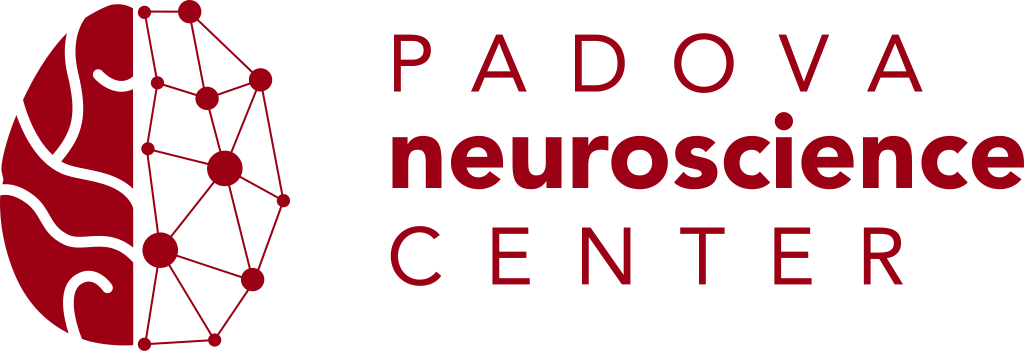Mario Bortolozzi is Associate professor at the Dept. of Physics and Astronomy G. Galilei, University of Padova.
Education and training
2004: Master Degree in Physics, University of Padova.
2008: PhD in Neurobiology, Biosciences School, University of Padova.
2008-2010: Postdoc at the Venetian Institute of Molecular Medicine (VIMM), Padova.
2010-2017: Assistant Professor at the Dept. of Physics and Astronomy G. Galilei, University of Padova.
2012-2013: Visiting Scientist at the Dept. of Physiology, Anatomy and Genetics, University of Oxford, UK.
Since 2013: Group leader at the Venetian Institute of Molecular Medicine (VIMM), Padova.
Since 2017: Associate professor at the Dept. of Physics and Astronomy G. Galilei, University of Padova.
Since 2018: scientific coordinator of PNC-SISMUR infrastructure for cellular imaging at the Venetian Institute of Molecular Medicine (VIMM), Padova.
Field of interest
Connexins are the building blocks of gap junction channels and hemichannels that control intercellular signalling in vertebrates. Hence, their dysfunction frequently underlies human disease, e.g., central and peripheral neuropathies. Prof. Bortolozzis research activity, placed at VIMM of Padova (http://www.vimm.it/scientific-board/mario-bortolozzi/), combines expertise from Physics, Biology and Medicine as connexin function involves structural, chemical and biological aspects. Advanced optical microscopy (2-photon, STED, second and third harmonic generation), patch-clamp as well as systems biology tools are utilized to answer important biological questions. In particular, Prof. Bortolozzis group aims to clarify the role of connexin 32 (Cx32) in the peripheral nervous system as Cx32 mutations cause a severe motor and sensory disorder, the X-linked Charcot-Marie-Tooth disease (CMT1X). Recently, Prof. Bortolozzi has started to investigate the molecular and cellular mechanism modulating GBA mutation penetrance in Parkinsons disease.


